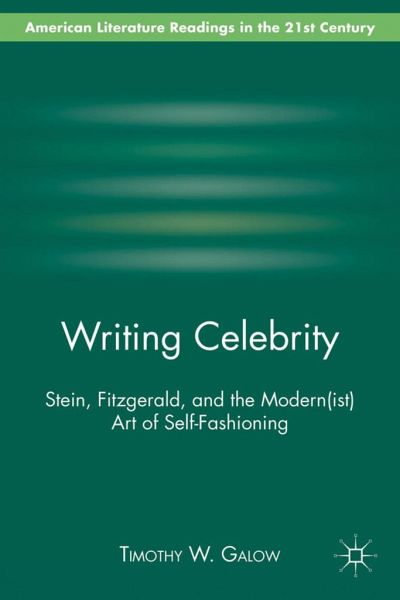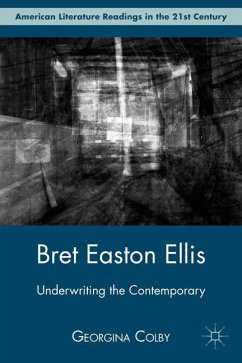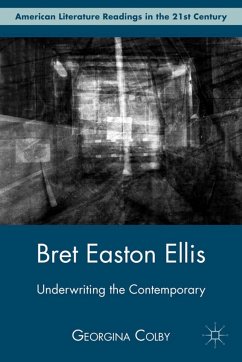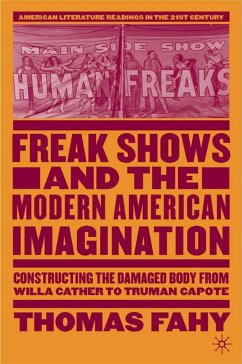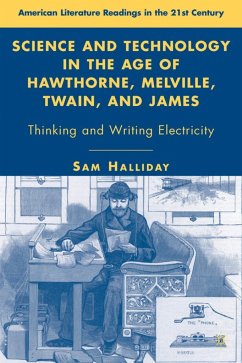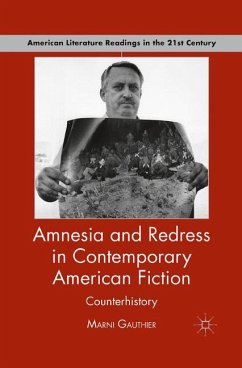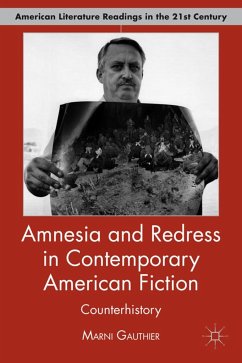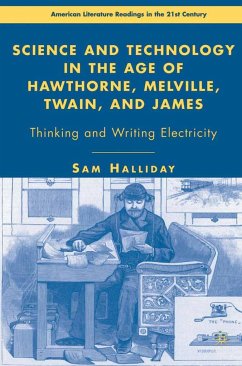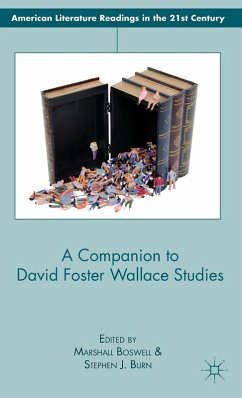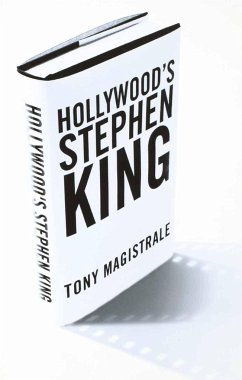"Galow has written a shrewd, often surprising, and always entertaining study of literary celebrity in the modernist era. His pairing of Gertrude Stein and F. Scott Fitzgerald as mirror opposites transforms our understanding of both writers even as it radically revises the notion of 'the author' as produced in various American media between the two World Wars." - John McGowan, Ruel W. Tyson Jr. Distinguished Professor of Humanities, The University of North Carolina at Chapel Hill
"In this well-researched and consistently interesting book, Galow complicates our understanding of literary modernism by exploring the rise of the culture of celebrity and its not always predictable impact on the profession of authorship in the United
States. His account of how F. Scott Fitzgerald and Gertrude Stein struggled to position themselves within a literary field that was often too simply divided between the high and the low is surprising and deftly presented. Galow does a wonderful job of explaining how the history of their efforts at authorial self-presentation ought to affect our reading of their work." - Jan Radway, Walter Dill Scott Professor of Communication Studies, Northwestern University
"Depression, Galow (visiting professor, Wake Forest Univ.) depicts these modernist writers as attempting to define
themselves through mass media. The author divides the book into three sections: part 1 connects literary modernism
to the rise of media; part 2 focuses on Stein's 1930s autobiographies; part 3 analyzes Fitzgerald's Depression-era
Crack-Up essays. As do a number of recent studies (for example, Jonathan Goldman's Modernism Is the Literature of
Celebrity, CH, Oct'11, 49-0719), Galow finds that these modernist authors needed to reconcile a dichotomy between
low and high culture. Laboring for more than 30 years before becoming a best-selling author in the 1930s, Stein
embraced this dichotomy, defining herself as an isolated, spontaneous genius who could produce artistic objects that
sell well. In the Crack-Up essays, Fitzgerald created a Künstlerroman, a narrative that exposes his internal struggles
and failings but recommits him to his craft. Fitzgerald's confessional writings were popular but controversial, later
helping to revive his reputation. Galow adroitly analyzes the rhetorical function of these modernist texts, repeatedly
supporting his claim that Fitzgerald and Stein employed popular autobiographical writings to shape their images."- Choice
